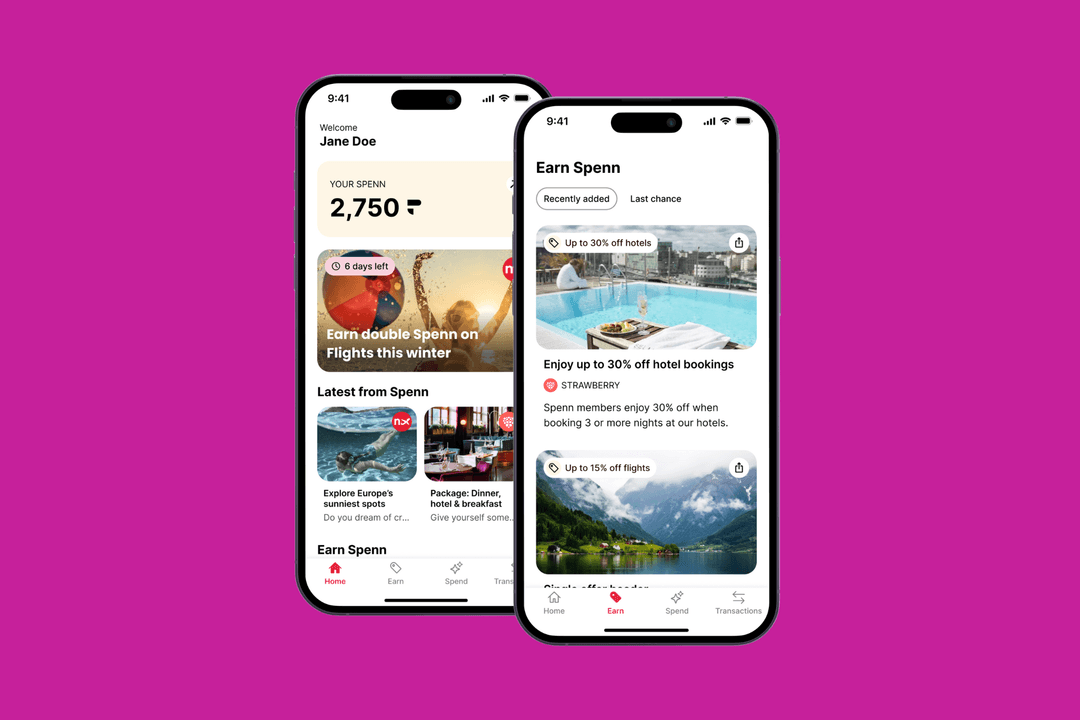Using tech to enrich sponsorships
by Apadmi|Wed Nov 24 2021
From smartphones to augmented reality, new technology is making stadiums more fan-centric and turning spectators into superfans in the process. Which begs the question, if tech can be used to enhance the spectator experience, how can it benefit sponsors for concerts, shows, events and sports?
Painting the picture
One of the most complex and intriguing forms of marketing over the years has been sponsorship. Heading into 2022, brands are optimistic, more than ever, about what sponsorship can do in support of their brand and commercial objectives. When you have entire industries relying on sponsorship and the positive effects of out-of-home advertising, it seems odd that we’re still measuring value-added in metrics such as “live eyeballs”.
Providing a solution that takes the manual labour and guesswork out of reporting and measurement could help sponsors see the continued worth of your collaboration, rather than seeing it as an expense. Providing upfront and in-depth reporting which showcases exactly how corporate sponsors are benefitting may not be the most exciting technological product, but according to industry tendencies, it’s needed.
Working with Gen Z and Gen Alpha
Studies show that ad blockers and skipping through online ads is behaviour that’s a lot more common for younger generations. Interestingly enough, it’s proven that even though Gen Z and Gen Alpha are normally less susceptible to online ads, they enjoy out of home advertising more than any generation before. These generations will soon have more buying power, so finding a way to emotionally connect your sponsors to younger generations on their terms could be a goldmine for leading brands.
Using tech to appeal to Gen Z can be done in a huge variety of ways. Providing a personalised experience that lets guests make their own mark on an event, or even the opportunity to interact with the athletes or performers could be your sponsors’ golden ticket to a permanent spot in Gen Z hearts.
Cut to the data
Data has become a huge player in the sports industry in recent years. Athletes wear trackers in their shirts and kit which constantly analyses and documents their performance. Through this we keep finding more intelligent ways to gain insight into crowd behaviour, thus selling more merchandise.
Although data collection and distribution can be a slippery slope (which we learned after the GDPR dispute last year) about footballers protesting to how their data has been collected and shared), it’s worth thinking about how data can be structured and distributed to benefit sponsors, as the market size for global sports analytics was valued at $885 million in 2020. When done legally and ethically, it could be an amazing way to add value.
If you take the example of the app we built for SailGP, (which is a sport where market-leading, technologically advanced catamarans, crewed by countries from across the globe race each other in a bid to break records and redefine sailing) our app delivers 1,200 real-time data about the boats and their crew, per boat, per race. The app was first aimed at spectators, but the data was so comprehensive that it has also been adjusted to become a tool for the teams and athletes to improve their performance for future seasons. If integrated correctly, it’s easy to imagine a solution that would give sponsors more valuable insights and let them shape their strategy.
Build engagement outside of the event
Sponsorship should not start and end with the event. Thinking about how you can make your sponsors visible on a regular basis or throughout the spectator journey, on game days, for example, could be extremely valuable, especially if you’re dealing with seasonal events.
The idea of including and giving sponsors access to digital products that achieve user engagement, like for example, our Chelsea Perfect Play app, is exciting for a couple of reasons:
Not only can it help sponsors build a relationship with spectators, but it also gives a steady stream of data on how the sponsorship is adding value throughout the year, rather than a large push during the season.
It can give sponsors more opportunities to fulfil their CSR goals and get involved in the community. This obviously depends on who the audience is and how the digital solution is structured, but it’s common knowledge that tech makes it easier to facilitate things like crowdfunding and donations. Although more of a non-profit solution, the
Sponsorship goes digital
As with everything else, technology is being utilised to enrich, personalize and make experiences richer and more memorable. When you consider that Adidas pays a leading Manchester Football Club £75 million pounds a year to be visible on their uniform, or that sponsoring a large stadium suitable for a range of events is estimated to have a price tag of between £10m and £15m a year – the sky is the limit when it comes to how tech can help both attract, retain and delight sponsors that have such a big part in making cultural and sporting events a reality.
If you have an idea for how you want to add the wow factor for sponsors, audience members or kit out your stadium to become cutting edge, get in touch with Apadmi for a discovery call to see how our tech can help you move your market.
Share
